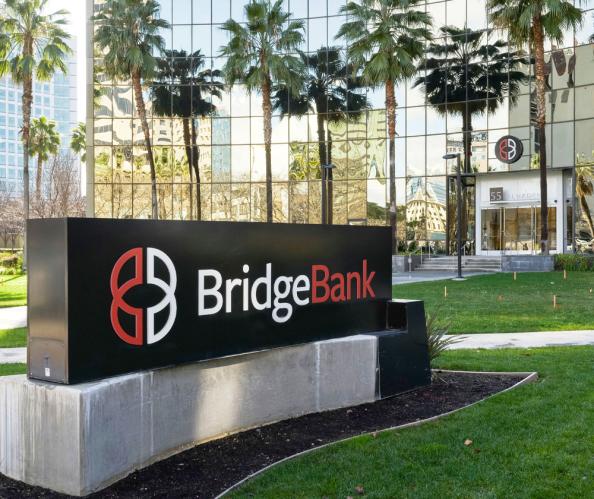Experience Is Key When Developing Your Strategy to Create an ESOP
Elisabeth Schutz
The complexity of transitioning to an Employee Stock Ownership Plan (ESOP) can be intimidating, says Elisabeth C. Schutz, senior vice president and director for the ESOP Group at Bridge Bank.
“Many attorneys and CPAs don’t want to spend the time and energy it takes to learn about them,” Schutz says. “That’s one reason why you don’t see more ESOP companies in the U.S. today.”
An ESOP is a qualified retirement plan. It’s regulated by the IRS and the Department of Labor and came into being with the passage of the Employee Retirement Income Security Act in the 1970s. The regulation is meant to ensure that the plan is used for the benefit of employees.
The process can be challenging, but when done the right way, it can provide significant financial benefits for a selling shareholder, the sponsoring company of the ESOP and its employees.
“Studies have been conducted comparing two companies that are of similar size and in similar industries,” Schutz says. “One company with an ESOP and one without. The studies have found that the company with the ESOP is more profitable by about 2 percent at a net income level. In the right situation, it’s a powerful tool.”
Smart Business spoke with Schutz about some of the important details to consider when exploring an ESOP.
What are some benefits to forming an ESOP?
The following are advantages to companies that choose to form an ESOP:
- Flexibility – The seller can sell either a minority interest or up to 100 percent of the stock to the ESOP. Plus, the seller controls the deal.
- Cash Flow Enhancement – The ESOP sponsor company can repay acquisition debt with pre-tax dollars.
- Corporate Finance Tool – An ESOP is the only type of qualified employee benefit plan that can borrow money, provided the ESOP uses the money to buy employer stock.
- Profitability – ESOP companies are typically more profitable than similar companies that do not have an ESOP.
- Employee Ownership – Employees of ESOP companies vest ownership in the stock of the company over time. The sponsoring company makes the contribution to the ESOP on behalf of the employees – the employee does not make any contribution.
- C corporation tax benefit – Sellers of C-corp stock may defer, sometimes permanently, capital gains tax on the sale by reinvesting the proceeds from the sale into “Qualified Replacement Securities.”
- S Corporation tax benefit – A 100 percent ESOP-owned S-corp pays no federal income tax.
What does a company need to know when looking to set up an ESOP?
You need a lawyer with experience implementing ESOPs.
It is customary to have separate counsel represent the ESOP and the company. You also need a qualified valuation adviser with ESOP experience who is independent, having no relationship with the company or the other advisers involved in the transaction.
Due to the administrative complexity inherent in ESOPs, a qualified third-party administration firm will be engaged to track participant accounts and assist with compliance issues. Depending on the company and the situation, you may hire an investment banker, a financial adviser and an institutional trustee to assist with setting up and implementing the ESOP.
Aside from the technical aspects of running the plan, companies often find it a very good idea to hire ownership culture consultants to help communicate what the plan is about and create employee participation structures.
How do you find the right adviser?
You’ll find some excellent ESOP advisers and some that are not as good.
Consider reputation in the industry and experience with ESOP transactions. If you have an adviser that isn’t familiar with some of the subtleties that come into play, that can create problems. So you want someone who knows the ins and outs of crafting an ESOP to make it a smooth transition for your business.
Bridge Bank
Bridge Bank, a division of Western Alliance Bank, Member FDIC, delivers relationship banking that puts clients at the center of everything. Founded in 2001 in Silicon Valley, Bridge Bank offers a full spectrum of tailored commercial banking solutions with specialized expertise focused on life sciences and technology and innovation companies at every stage in their life cycle, from startup to IPO and beyond. With offices in major tech hubs across the country, Bridge Bank delivers the reach, resources and market expertise that make a difference for its clients. Bridge Bank also serves the private equity and venture capital communities by providing banking solutions for portfolio companies and funds, plus banking solutions for small to mid-size businesses in the Bay Area. Bridge Bank is part of Western Alliance Bancorporation, which has more than $85 billion in assets. Major accolades include being ranked as a top U.S. bank in 2024 by American Banker and Bank Director.
